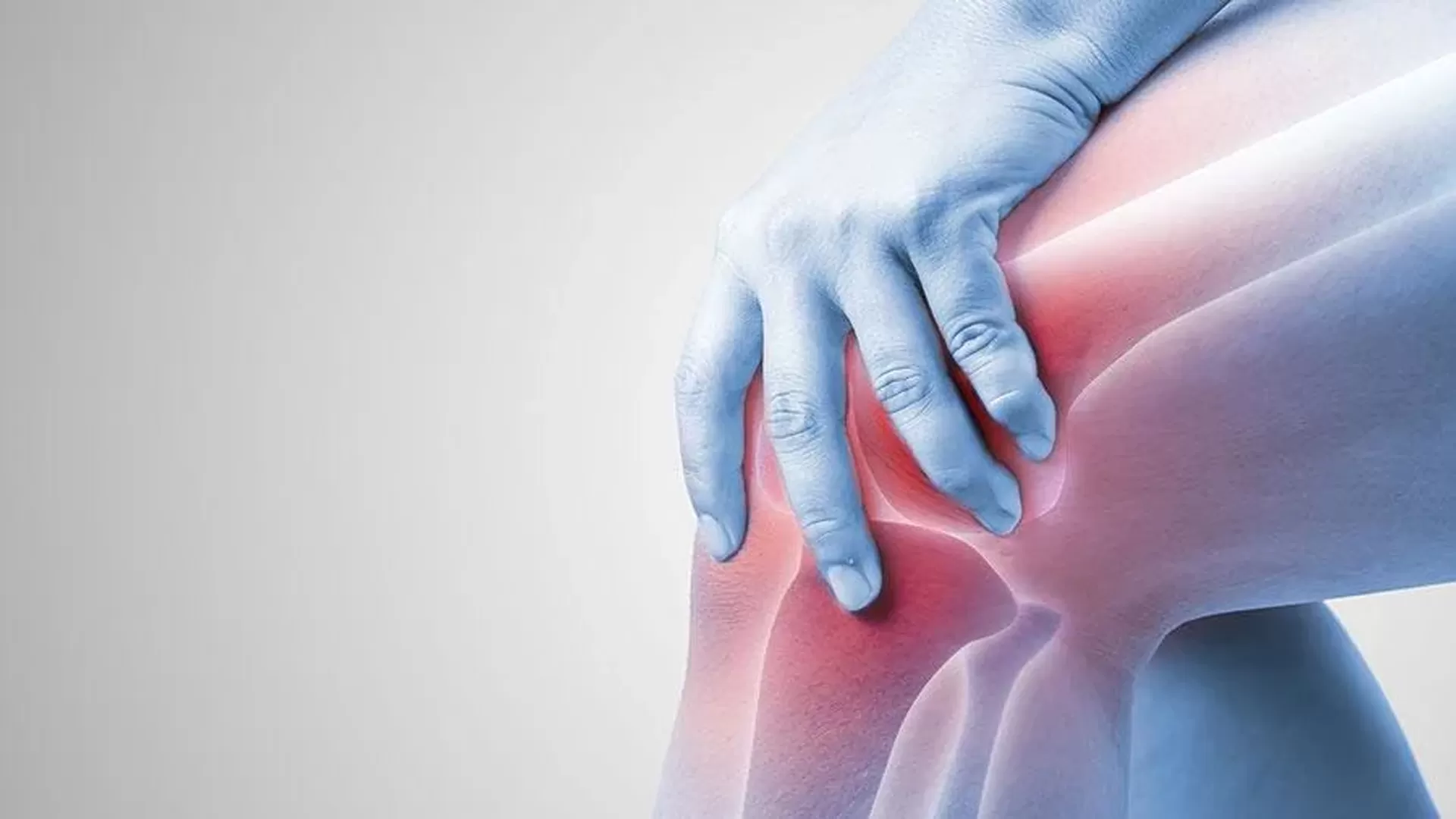Knee pain is a common concern faced by people of all age groups, ranging from athletes and active individuals to those dealing with age-related joint issues. It may arise from various causes, including injuries, overuse, medical conditions such as arthritis, or even improper posture during physical activities. Understanding the nature of knee pain, its causes, and treatment options can significantly improve both quality of life and mobility.
Understanding the Causes of Knee Pain
A variety of underlying factors can trigger knee pain. One of the most common causes is injury, such as a ligament tear or fracture. Heavy impact, sudden twists, or falls will easily damage the ligaments, tendons, or cartilage in the knee joint. Overuse from physical activities like running or jumping can also lead to conditions such as tendinitis or bursitis.
Chronic pain may stem from long-term conditions, such as osteoarthritis or rheumatoid arthritis, where inflammation and cartilage degradation occur over time. Structural issues, such as misaligned kneecaps or flat feet, will put undue strain on the knees. Identifying and understanding the root cause of the pain is key to managing symptoms effectively.
Managing Knee Pain at Home
There are several approaches to alleviating knee pain at home. Resting the joint is one of the first steps to preventing further strain or injury. Activities that intensify pain, such as high-impact exercises, should be avoided temporarily.
Applying ice packs to the knee for 15-20 minutes several times a day helps reduce inflammation and swelling. Over-the-counter pain relievers, such as ibuprofen or acetaminophen, also help minimize discomfort. Compression wraps or knee braces help stabilize the joint and reduce strain during movement.
Elevating the leg by propping it up on pillows can help reduce fluid buildup around the knee. Stretching and strengthening exercises, such as low-impact yoga or physical therapy routines that focus on the quadriceps and hamstrings, can also help enhance knee function and reduce pain over time.
Recognizing When to Seek Medical Help
Mild knee discomfort often improves with home remedies, but some cases may require professional help. If the pain lasts a long time or gets worse despite self-care, it’s time to consult a healthcare provider. Don’t ignore symptoms like swelling, redness, or difficulty bearing weight on the knee, as these could signal a more serious issue needing medical attention.
Some situations need urgent care. Seek immediate help if the pain comes with fever, sharp and unbearable sensations, or a popping sound during injury. A healthcare provider may recommend imaging tests, like X-rays or MRIs, to evaluate the bones and soft tissues in the knee. For chronic or severe pain, treatment options may include physical therapy, corticosteroid injections, or even surgery, depending on the diagnosis. Consulting a specialist promptly can significantly improve your recovery and outcomes.
Take Steps to Find Relief
Knee pain is common, but it shouldn’t be ignored. Knowing the causes, trying simple at-home remedies, and understanding when to seek professional help can make a big difference. If knee discomfort is affecting your daily life, take action. Talk to your healthcare provider to explore treatments and lifestyle changes that work for you.


Leave a Reply